From pv magazine Australia
Researchers at the Monash University Department of Materials and Science and Engineering have developed a water-based battery potentially capable of providing compact, high-performance battery systems for residential use.
Typically used in large-scale energy storage due to their size and slow charge speeds, the flow battery study has fixed the speed problem, making it ideal for households.
Monash Department of Materials Science and Engineering PhD Candidate and the study’s lead author, Wanqiao Liang said the research team has taken a safe, affordable chemistry and made it fast enough to capture rooftop solar in real time.
“We’ve engineered a membrane that finally makes organic flow batteries competitive for residential and mid-scale storage. It opens the door to systems that are not only cheaper, but also safer and simpler to scale.”
Publishing their findings in a paper called “Flow Battery with Remarkably Stable Performance at High Current Density,” Liang’s team discuss the development of a nonfluorinated separator with concurrent rejection and conductivity.
The study focuses on an ultra-ion-selective SPEEK-SX membrane, which enables 600 cycles at 160 mA cm−2 with only 0.00935% per cycle capacity decay, outperforming Nafion-212, offering a fluorine-free alternative.
The engineers say their next-generation flow battery opens the door to compact, high-performance battery systems for homes, and is expected to be much cheaper than current $10,000 lithium-ion systems.
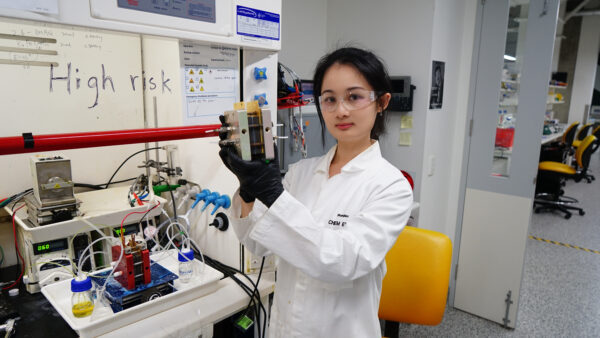
“The key was improving ion selectivity, letting the good ions through quickly while keeping unwanted ones out. Our new membrane achieves this balance, allowing fast, stable operation even at high current densities,” Liang said.
“We outperformed the industry-standard Nafion membrane in both speed and stability – running 600 high-current cycles with virtually no capacity loss – that’s a major leap forward for this kind of battery.”
Wanqiao said a careful balance between safety, low cost and high speed was crucial to making these batteries work for rooftop solar at home.
“This is the kind of battery you’d want in your garage,” Lang said. “It’s non-toxic, non-flammable, and made from abundant materials, all while keeping up with solar power on a sunny day.”
Liang added the team are now 3D printing prototype systems and testing them under real-world conditions, and should they keep performing as expected could be on the market in a few years’ time.
In 2018, Monash installed a 1 MWh redT energy (now known as Invinity energy) storage system – the largest behind-the-meter commercial setup in Australia and the first of its kind globally – as a core part of the microgrid at its Clayton, Victoria campus.
The Monash microgrid plays a central role in the University’s goal to become 100% energy self-sufficient and is a key part of achieving Net Zero emissions by 2030.
This content is protected by copyright and may not be reused. If you want to cooperate with us and would like to reuse some of our content, please contact: editors@pv-magazine.com.
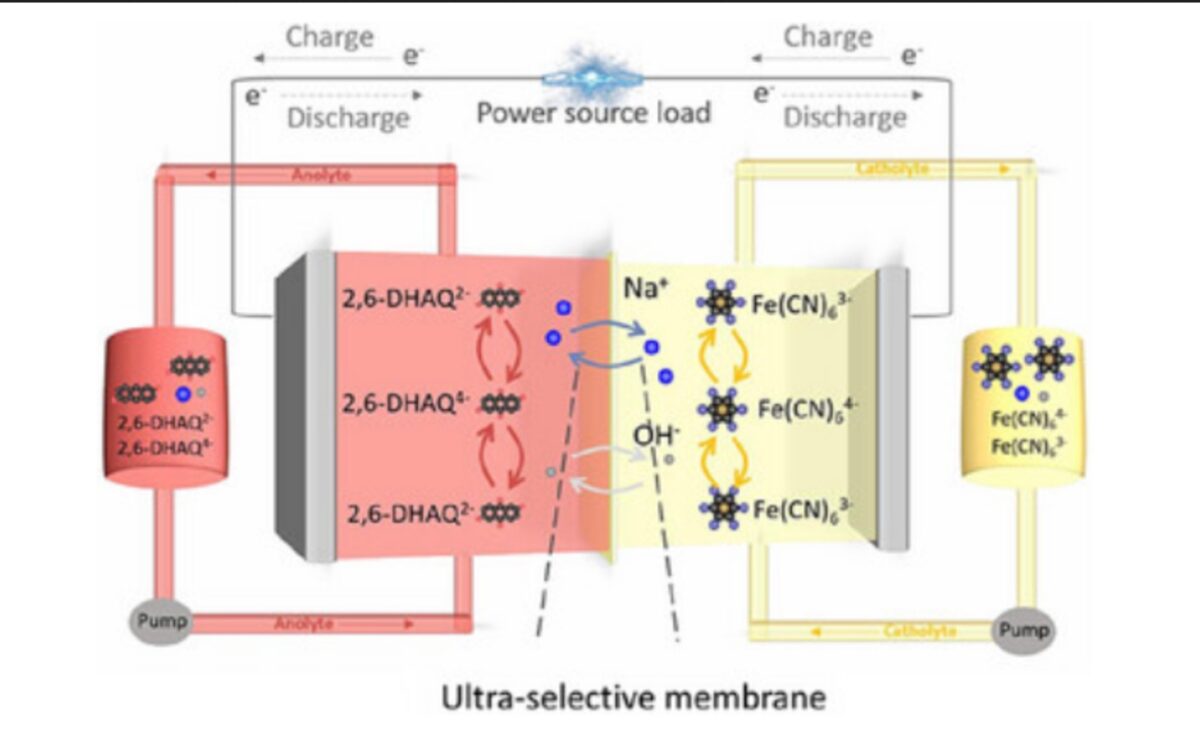
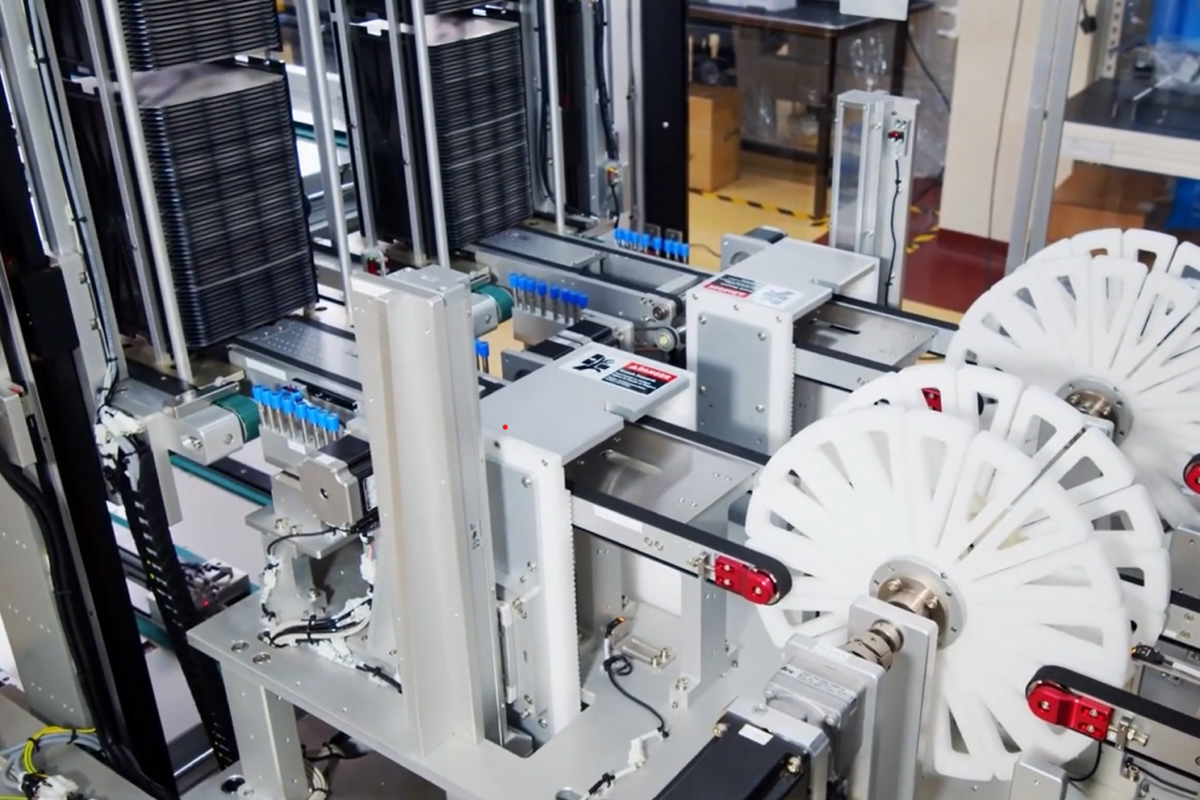

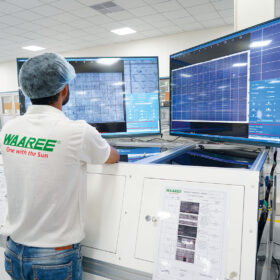
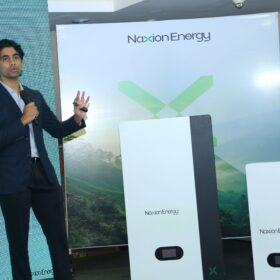
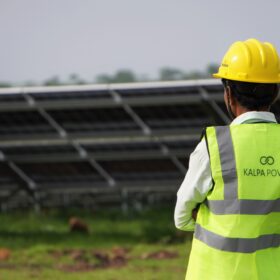
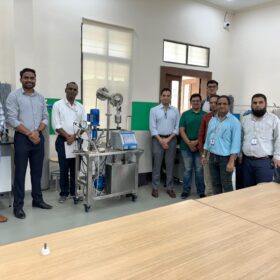
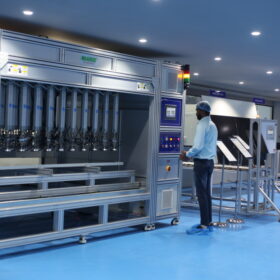
By submitting this form you agree to pv magazine using your data for the purposes of publishing your comment.
Your personal data will only be disclosed or otherwise transmitted to third parties for the purposes of spam filtering or if this is necessary for technical maintenance of the website. Any other transfer to third parties will not take place unless this is justified on the basis of applicable data protection regulations or if pv magazine is legally obliged to do so.
You may revoke this consent at any time with effect for the future, in which case your personal data will be deleted immediately. Otherwise, your data will be deleted if pv magazine has processed your request or the purpose of data storage is fulfilled.
Further information on data privacy can be found in our Data Protection Policy.